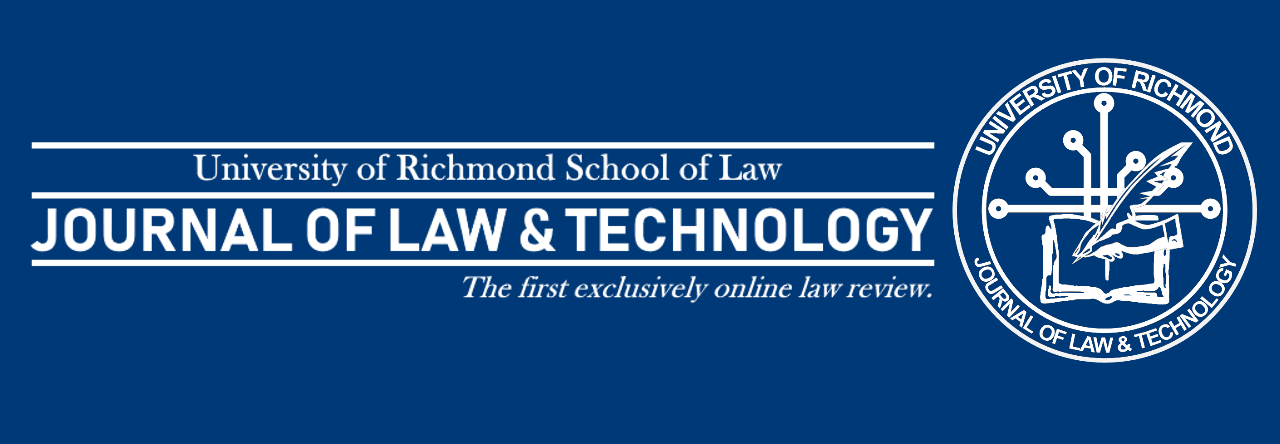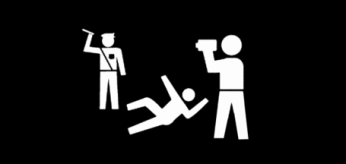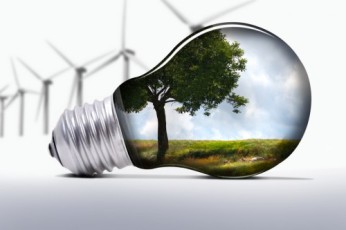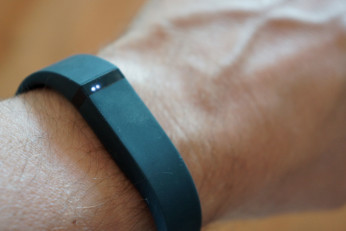When most people think about the Internet crowd funding site, GoFundMe, images of commendable campaigns to raise money for worthy causes likely come to mind. However the site, which has quickly become a giant in the online fundraising industry, has recently been the subject of a firestorm of legal and political controversy.[1] The issue is over line that GoFundMe has drawn between which campaigns are acceptable and those which are precluded from using the site as their forum. That line has sparked outrage among many left-leaning critics, while even those whose beliefs align with the other side of the aisle should be scratching their heads over the legal implications of the site’s decisions.
According to GoFundMe’s legal terms and conditions page, over $900 million dollars have been raised on the site, of which GoFundMe takes a 5% flat fee.[2] The terms and conditions also provide a plethora of campaigns which are not allowed, including campaigns designed to raise funds for controlled substances, adult services, false statements, ponzi schemes, and organized violence.[3] Precluding campaigns of an illegal nature is an obvious step for the site to take. However, campaigns supporting perfectly legal, though perhaps taboo or immoral endeavors, have been deemed impermissible. These include campaigns which support “sorcery,” the purchase of guns, knives, or ammunition, and notably, funding an abortion.[4]
This last category, abortion, has sparked immense disagreement over which campaigns the site should legally be allowed to restrict.[5] Regardless of one’s personal beliefs, the simple fact is that an abortion (like a knife or gun) may be legally purchased in the United States since the Supreme Court decided Roe v. Wade in 1973.[6] The site was harshly criticized for cancelling a woman’s campaign which sought to raise money for her abortion on the basis that it was an objectionable campaign, while some of GoFundMe’s largest campaigns have been in support of other highly polarizing causes.[7] For example, two campaigns in support of Ferguson, Missouri police officer Darren Wilson raised over $430,000.[8] Even more impressive, an Indiana pizzeria which refused cater same-sex weddings under a new Indiana law has raised nearly a million dollars, the second largest campaign in GoFundMe’s history.[9] The site has also been a fundraising forum for drug users and even convicted murderes[10], although these campaigns were subsequently cancelled (in many cases after long time periods and significant financial support).[11]
GoFundMe is an open social media platform, like Facebook or Twitter, and as a company it has the First Amendment right to expression.[12] However while the company may support whichever causes it deems worthy, the campaigns posted on the site are the expressions of its users, not of the company (much like Facebook and Twitter posts).[13] Amidst all of this controversy one thing is certain: GoFundMe has taken a questionable approach by drawing the line at perceived immorality rather than legality.
[1] See, e.g., Ryan Mac & Ellen Huet, The Politics of Crowdfunding: How GoFundMe Profits off of Controversy, Forbes (April 7, 2015, 10:00 AM), http://www.forbes.com/sites/ryanmac/2015/04/07/the-politics-of-crowdfunding-how-gofundme-profits-off-of-controversy/; Caitlin Dewey, GoFundMe, the Site that Has Raised Money for Convicted Murderers, Will Draw the Line at Abortion and ‘Sorcery’, Washington Post (September 9, 2014), http://www.washingtonpost.com/news/the-intersect/wp/2014/09/09/gofundme-the-site-that-has-raised-money-for-convicted-murderers-will-draw-the-line-at-abortion-and-sorcery/.
[2] GoFundMe Terms & Conditions, https://www.gofundme.com/terms (last visited April 24, 2015).
[3] Id.
[4] Id.
[5] See Mac & Huet, supra note 1.
[6] Roe v. Wade, 410 U.S. 113 (1973).
[7] Mac & Huet, supra note 1.
[8] Id.
[9] Id.
[10] Dewey, supra note 1 (convicted murder and alleged accomplice of Amanda Knox, Raffaele Sollecito, raised over $44,000 on GoFundMe).
[11] Id.
[12] Id.
[13] Id.









